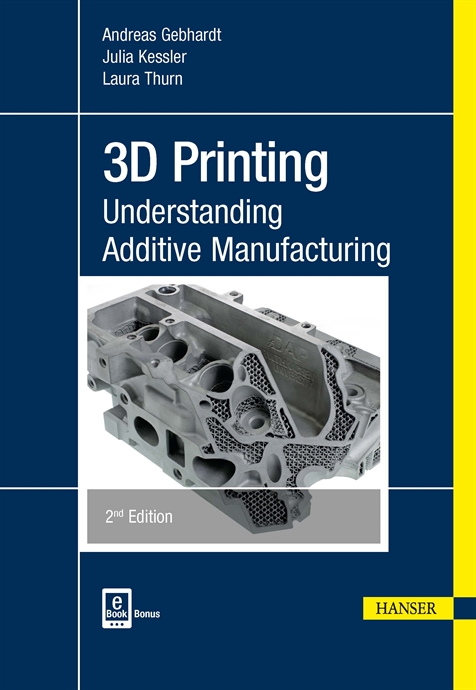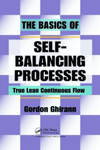Leading Lean: Build Common Understanding
The purpose of process mapping is to develop common understanding. Most groups fail to grasp this.
Process mapping has been around since the beginnings of process improvement. It has been associated with lean, Six Sigma, TQM and just about every other process improvement initiative ever created. Unfortunately, even after decades of experience, it seems we have more ways to get it wrong than right.
Process mapping is not magic, but it is an essential element of your lean journey. Here are three keys to getting it right.
First, we have to use the mapping tool appropriate for the purpose. Trying to set up a single company-approved method is a mistake because there is no one best method. Different mapping tools exist for different purposes. Value stream mapping, for example, presents an overview of both material and information flow from the 35,000-foot level. Activity mapping, on the other hand, shows what people actually do. Product mapping shows what happens to the product. The 3-flow map, also known as a spaghetti diagram, maps material, people and information flows to reveal the flow through a physical layout. Each has a unique lens and can provide a different insight.
Second, we must be clear about the purpose of process mapping. The fundamental purpose of process mapping is to develop common understanding. Most groups fail right out of the starting gate because they fail to grasp this! The key word is common-we want all of the people who are engaged in the improvement initiative to share the same view of current reality. Every person has a view that is valid-but also incomplete. Our goal then is to put these fractional views together so we can obtain a comprehensive picture that we can all view through the same lens.
With this in mind it is vital that we build the process map together, as opposed to having someone interview participants individually. What really matters is the conversation that we have while building the process map, not the map itself. If our goal were only to build a map, it would make sense to delegate that task. Many people do this by sending interns off to build process maps as busy work, which is a grievous mistake that defeats the fundamental purpose of the exercise.
It is also important that we avoid the temptation to build a process map on a computer. By all means, document the map, but only after the fact. When people are staring at a projection screen, they tend to obsess about creating a neat map despite the fact that the current reality is probably messy. Worse yet, they focus on minutia instead of on developing the discussion that will yield common understanding. This is akin to staring at a tree and failing to see the forest.
Third, remember that building a value stream map or process map does not result in magic. At best it gives everyone a view of the current reality. That’s why these questions must be addressed before beginning: What lens does the team view the process through and what do they really see? Can the team develop a common vision of the ideal state together? A map does not provide interpretation; we still need to interpret the map and make good decisions to make forward progress.
If we have not invested sufficient resources to develop-through education, experience or both-a lean lens through which the team can view the world, then process mapping will not yield significantly different results.
Process mapping is very beneficial, but only if the appropriate tools are used with the right skills and looking through a common lean lens. Are you getting the most out of your efforts to develop a common view of the current reality?
Jamie Flinchbaugh is a founder and partner of the Lean Learning Center in Novi, MI, and the co-author of The Hitchhiker’s Guide to Lean: Lessons from the Road. He shares his successful and varied experiences of lean transformation as a practitioner and leader through companies such as Chrysler and DTE Energy. He also has a wide range of practical experience in industrial operations, including production, maintenance, material control, product development and manufacturing engineering. Jamie is a graduate fellow of the Leaders for Manufacturing Program at the Massachusetts Institute of Technology, where his research thesis was on implementing lean manufacturing through factory design. He also holds a B.S. in Engineering from Lehigh University in Bethlehem, PA, and an M.S. in Engineering from the University of Michigan. To contact Jamie directly, go to the web site www.leanlearningcenter.com.
Process mapping has been around since the beginnings of process improvement. It has been associated with lean, Six Sigma, TQM and just about every other process improvement initiative ever created. Unfortunately, even after decades of experience, it seems we have more ways to get it wrong than right.
Process mapping is not magic, but it is an essential element of your lean journey. Here are three keys to getting it right.
First, we have to use the mapping tool appropriate for the purpose. Trying to set up a single company-approved method is a mistake because there is no one best method. Different mapping tools exist for different purposes. Value stream mapping, for example, presents an overview of both material and information flow from the 35,000-foot level. Activity mapping, on the other hand, shows what people actually do. Product mapping shows what happens to the product. The 3-flow map, also known as a spaghetti diagram, maps material, people and information flows to reveal the flow through a physical layout. Each has a unique lens and can provide a different insight.
Second, we must be clear about the purpose of process mapping. The fundamental purpose of process mapping is to develop common understanding. Most groups fail right out of the starting gate because they fail to grasp this! The key word is common-we want all of the people who are engaged in the improvement initiative to share the same view of current reality. Every person has a view that is valid-but also incomplete. Our goal then is to put these fractional views together so we can obtain a comprehensive picture that we can all view through the same lens.
With this in mind it is vital that we build the process map together, as opposed to having someone interview participants individually. What really matters is the conversation that we have while building the process map, not the map itself. If our goal were only to build a map, it would make sense to delegate that task. Many people do this by sending interns off to build process maps as busy work, which is a grievous mistake that defeats the fundamental purpose of the exercise.
It is also important that we avoid the temptation to build a process map on a computer. By all means, document the map, but only after the fact. When people are staring at a projection screen, they tend to obsess about creating a neat map despite the fact that the current reality is probably messy. Worse yet, they focus on minutia instead of on developing the discussion that will yield common understanding. This is akin to staring at a tree and failing to see the forest.
Third, remember that building a value stream map or process map does not result in magic. At best it gives everyone a view of the current reality. That’s why these questions must be addressed before beginning: What lens does the team view the process through and what do they really see? Can the team develop a common vision of the ideal state together? A map does not provide interpretation; we still need to interpret the map and make good decisions to make forward progress.
If we have not invested sufficient resources to develop-through education, experience or both-a lean lens through which the team can view the world, then process mapping will not yield significantly different results.
Process mapping is very beneficial, but only if the appropriate tools are used with the right skills and looking through a common lean lens. Are you getting the most out of your efforts to develop a common view of the current reality?
Jamie Flinchbaugh is a founder and partner of the Lean Learning Center in Novi, MI, and the co-author of The Hitchhiker’s Guide to Lean: Lessons from the Road. He shares his successful and varied experiences of lean transformation as a practitioner and leader through companies such as Chrysler and DTE Energy. He also has a wide range of practical experience in industrial operations, including production, maintenance, material control, product development and manufacturing engineering. Jamie is a graduate fellow of the Leaders for Manufacturing Program at the Massachusetts Institute of Technology, where his research thesis was on implementing lean manufacturing through factory design. He also holds a B.S. in Engineering from Lehigh University in Bethlehem, PA, and an M.S. in Engineering from the University of Michigan. To contact Jamie directly, go to the web site www.leanlearningcenter.com.
Looking for a reprint of this article?
From high-res PDFs to custom plaques, order your copy today!





